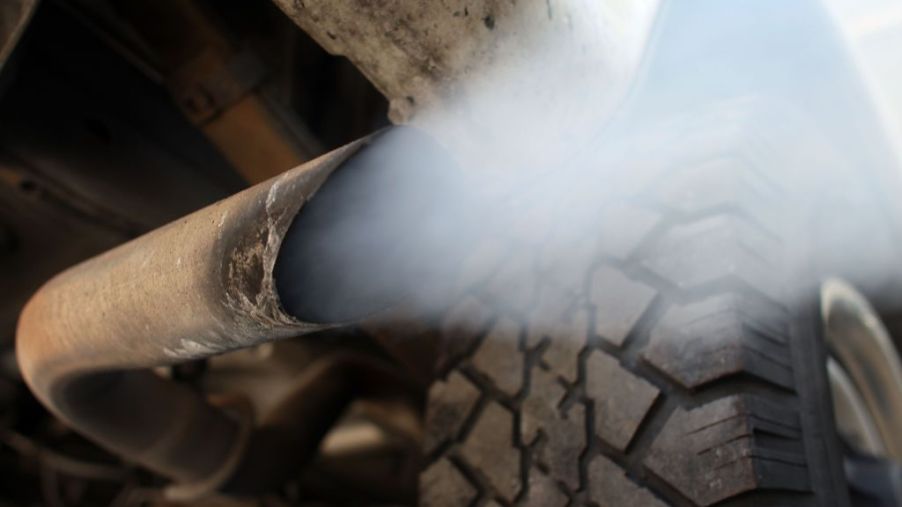
What the Different Types of Smoke Coming From Your Car Exhaust Mean
If you’re like most people, recognizing and diagnosing mechanical problems in your car isn’t one of your strong suits. Automakers know this, so new cars come equipped with a variety of devices designed to alert the driver to any problems. From check engine lights to incessant seatbelt warning chimes, your car does its best to keep you aware of any problems.
These precautions can’t cover every scenario though, so learning to read the telltale signs of a poorly running engine can save you time and money. Below we’ll take a look at some of the information provided by HapaKenya.com about what different types of exhaust smoke can mean for the health of your car.
White smoke
White smoke coming from the exhaust, with a faintly sweet smell to it, will usually mean the engine is burning coolant. This can happen a couple of different ways, such as:
- Bad head gasket
- Cracked cylinder head
- Cracked engine block
Fortunately, the last two are relatively rare occurrences. In order for a cylinder head or engine block to crack, there usually has to be pretty serious trauma to the engine beforehand in the form of extreme heat. This will normally be the result of an engine being run without coolant or oil in it. Perhaps because of a bad leak. Then it overheats to the point of cracking.
Head gaskets can get a bad rep, but it’s not always a death sentence for your engine. With enough miles on a car, head gaskets are bound to be compromised at some point. For the vast majority of cars, it is an expensive, but worthwhile, repair.
Black smoke
If you see black smoke coming from the exhaust, it’s a sure sign the engine is burning too much fuel. In this case, it will probably smell like gas. This is rare to see at idle, but very common under heavy load.
If your car has this problem, make sure to take it to a mechanic for a tune-up. Causes could include leaky injectors, a bad fuel regulator, or faulty sensors.
Blue smoke
By far the most common form of exhaust smoke is going to have a blue tint to it, and this means the engine is burning oil. There was a time many years ago when people just accepted some amount of oil consumption from their cars, but those days are long gone. Modern cars should have no oil consumption when running properly.
Some of the possible causes of an engine burning oil include:
- Worn piston rings
- Worn valve seals
- Bad PCV system
- Heavy cylinder wear
- Bad head gasket
Some of these problems, like valve seals and piston rings, can simply be the result of an engine with very high mileage exhibiting the effects of high wear. If there is a small amount of oil being burned between oil changes, then perhaps it isn’t something you have to worry so much about.
However, if the level of consumption is high enough, a trip to the mechanic should be in order. Either piston rings or valve seals could require a rebuild of the cylinder head, and maybe the whole engine.
No exhaust smoke?
Should your car ever have smoke come from the exhaust? Well, a small amount of white, vapor-like smoke at startup is nothing to worry about. Condensation will leave some water residue in the exhaust system, and this water will have to get burned when you start the car. Once the engine comes up to temperature, the vapor should stop and nothing will be visible from the exhaust.
You don’t have to be an expert mechanic to see the signs of trouble with your car. Knowing the different types of smoke that may come from your exhaust, and addressing problems before they get worse, could mean the difference between a simple repair and a complete rebuild, or even a new car.


